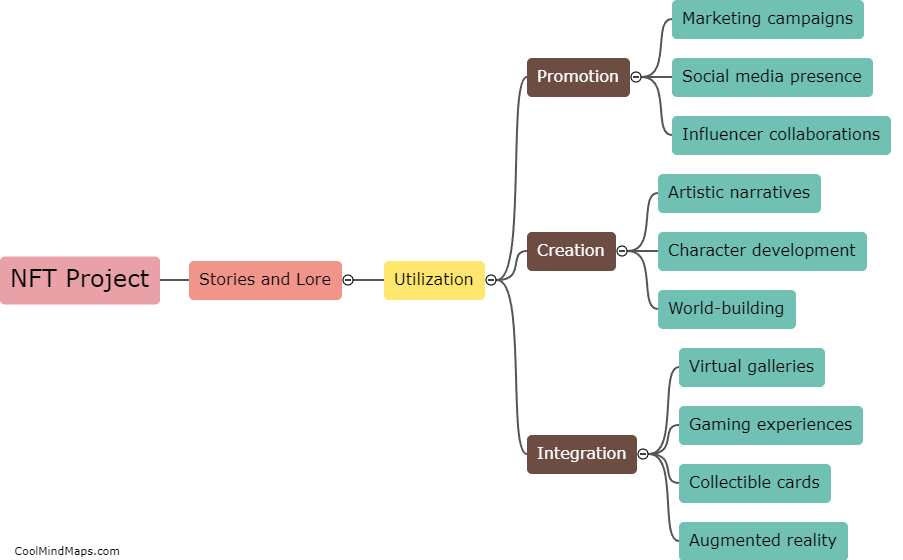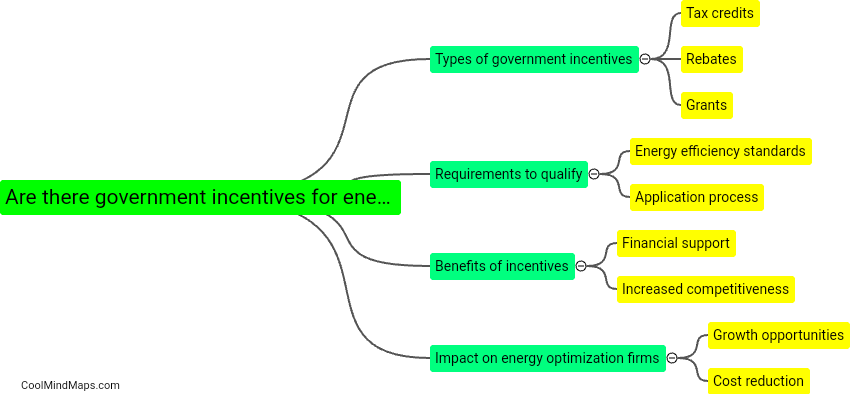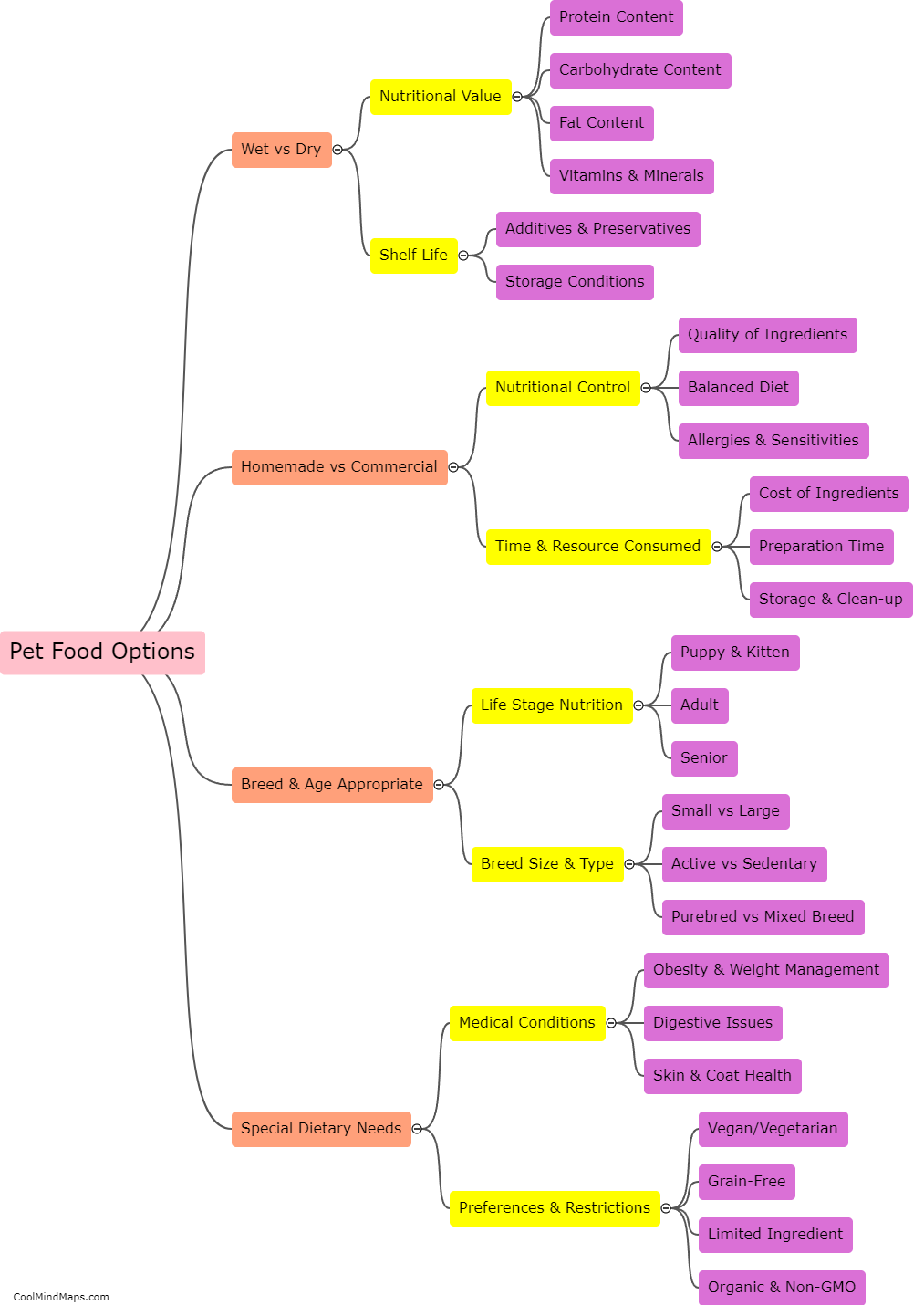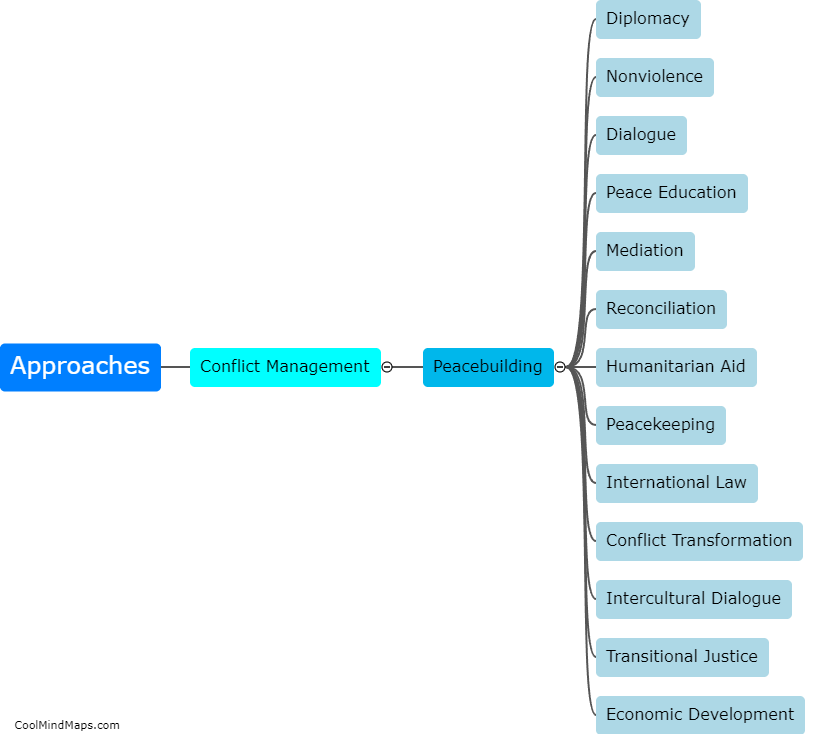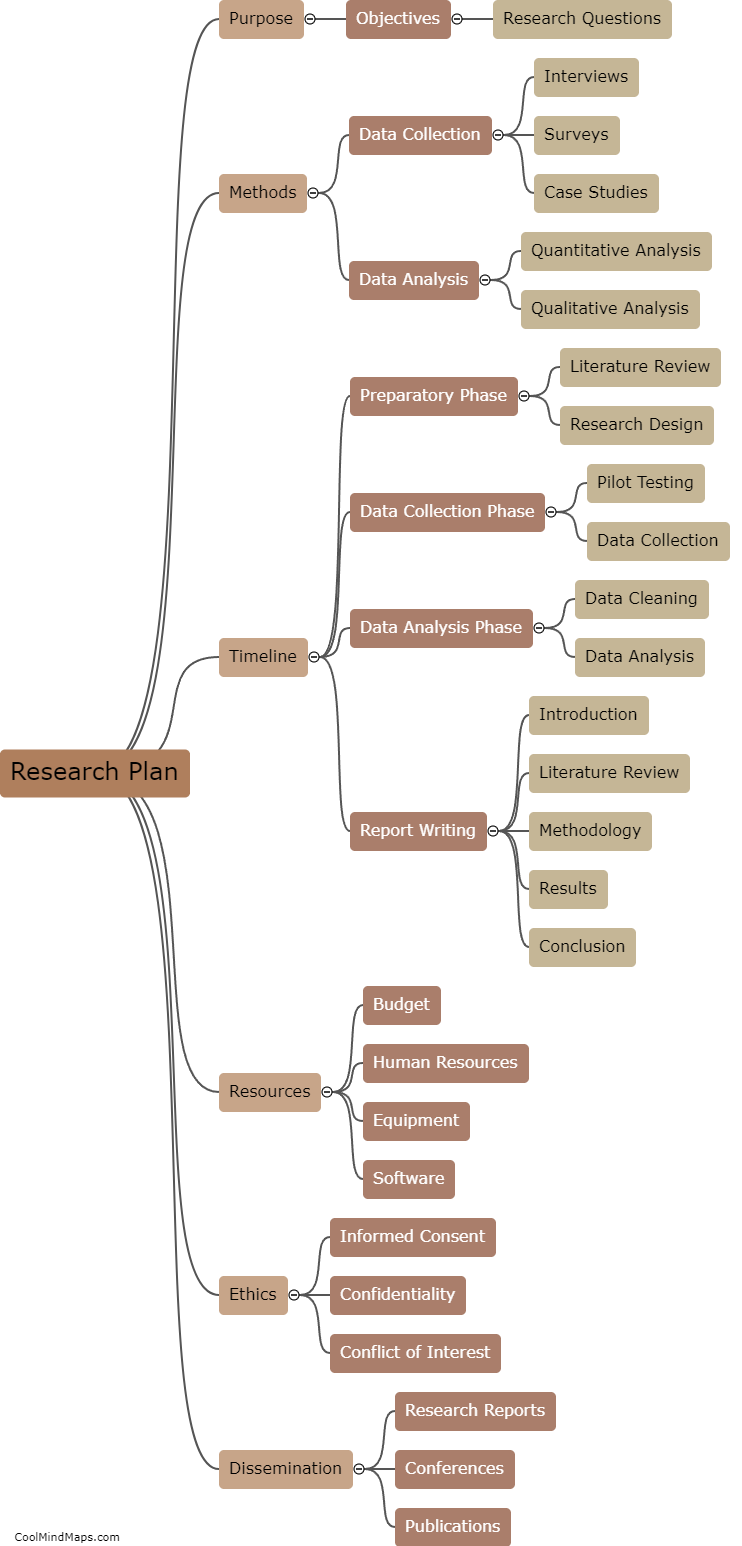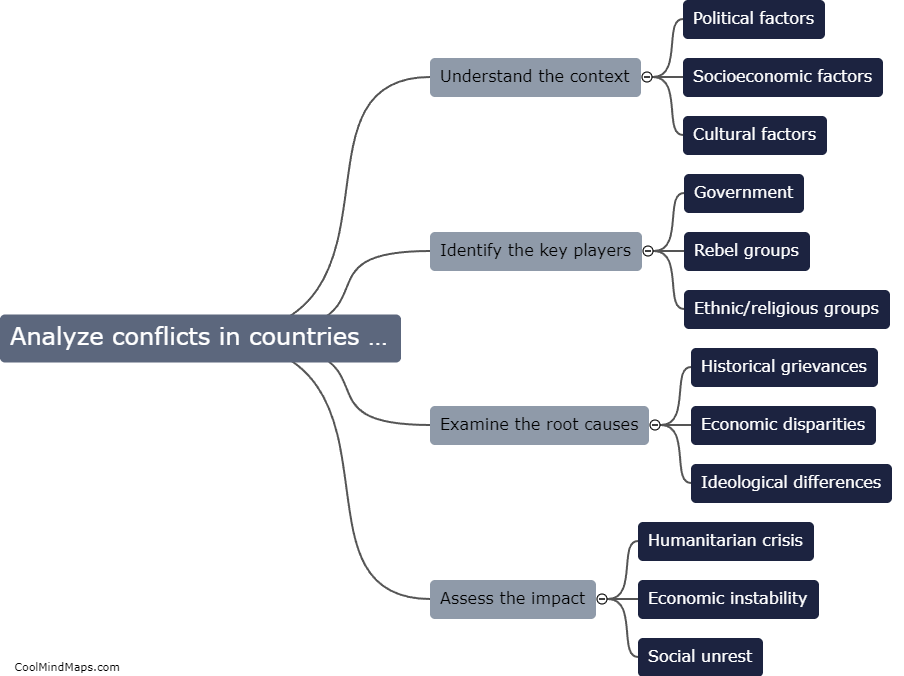How can conflicts in countries be studied and analyzed?
Studying and analyzing conflicts in countries is a complex endeavor that requires a multidisciplinary approach. Researchers typically employ various methods and approaches to gain a comprehensive understanding of the causes, dynamics, and consequences of conflicts. One common method is quantitative analysis, which involves collecting and analyzing large sets of data to identify patterns, trends, and correlations. This approach often relies on statistical techniques to identify key factors that contribute to conflict. Additionally, qualitative methods such as interviews, case studies, and fieldwork are utilized to gain insights into the subjective experiences, perspectives, and narratives of individuals involved in conflicts. These methods help researchers in identifying underlying structural factors, such as ethnic or religious tensions, economic inequalities, or political grievances that contribute to conflict. Furthermore, researchers often employ comparative analysis to study conflicts across different countries and regions, highlighting similarities and differences, and identifying key variables that influence the intensity and duration of conflicts. Overall, the study and analysis of conflicts in countries require a nuanced and interdisciplinary approach that combines data-driven analysis with in-depth contextual understanding.

This mind map was published on 17 October 2023 and has been viewed 122 times.

